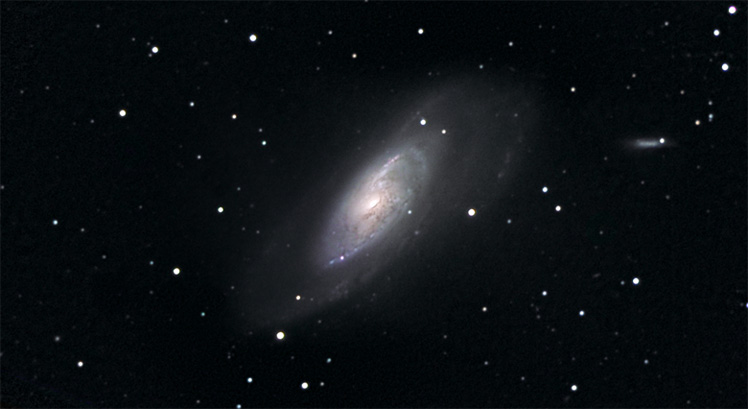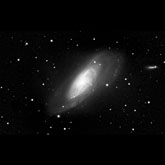There is a massive black hole at the center of M106 and all the gaseous clouds and stars systems in its vicinity are being sucked into its maw. The two major arms of the galaxy look peaceful enough, but the sharp, bright glow of the nucleus comes from the superheated ionized gas that is spiraling into M106's black hole.
Most spiral galaxies, including ours, are thought to harbor a supermassive black hole, but M106's is particularly active. In fact, M106 is known as a Seyfert galaxy, just like M77. To my eyes, M106 looks very similar to M77 except seen at an oblique angle. For example, notice the chaotic and bright central area surrounded by a much fainter extended disk.
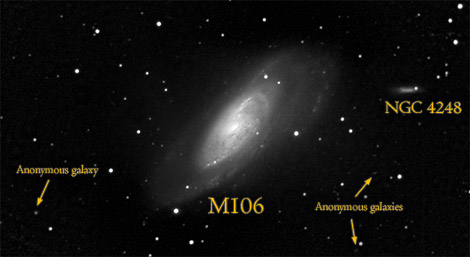
Imaging Notes
Visually, M106 is a very challenging object but don't let that stop you from photographing it. The detail that is so difficult to detect at the eyepiece is glaringly obvious in long-exposure photographs. Unlike the beautiful patterns of M63, however, the detail in M106 is more chaotic and asymmetric. I confess that it took me a while to appreciate its charm, but suspect that this will be an object that I will return to again and again.
Though the central disk of M106 is bright, you will need long sub-exposures to capture the faint outer regions. The center can take a fair amount of sharpening, but make sure that you don't increase noise in the faint areas.
More Images
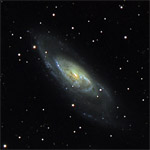 |
Tom Diana |
Orion 120ED — Atik 16-HR — LRGB 90:30:30:30 (5 minute subs) |
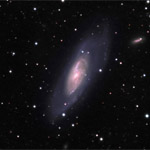 |
Chuck Domaracki |
Orion ED 80 refractor — DSI Pro II — LRGB 260:60:60:60 (20 minute subs for luminance; 5 minute subs for RGB) |
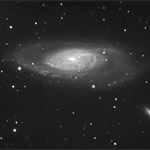 |
Jean-Jacques Rapp |
Takahashi TSA102 — DSI Pro II — 250 minutes luminance (10 minute subs) |
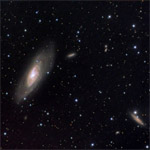 |
Mark Sibole |
80 mm APO — DSI Pro III |
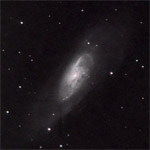 |
Mike Tapper |
90mm Megrez APO — Atik 16 one-shot color — 30 minutes (3 minute subs) |
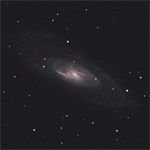 |
Craig & Tammy Temple |
Celestron C8 @ f/6.3 — Canon Digital Rebel T1i — 402 minutes (3 minute subs) |
All images ©copyright by their respective owners.
Want your image here? Send mail to: [email protected]
